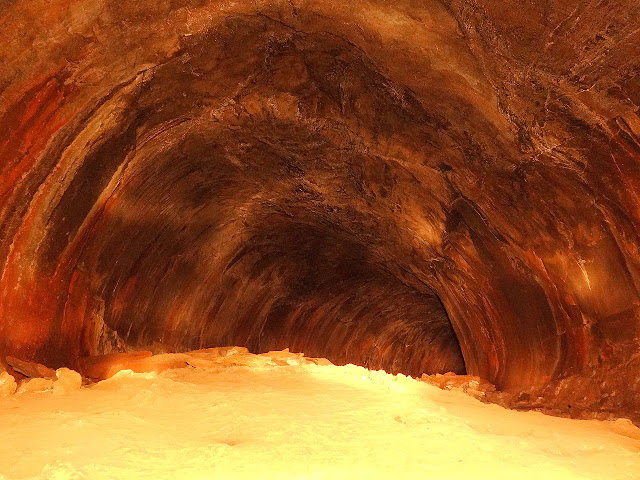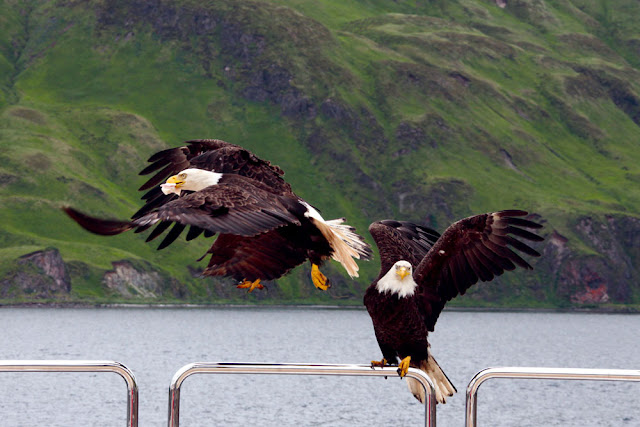The Coconino Lava River Cave in the Coconino National Forest, near Flagstaff, Arizona is huge big enough for an individual to walk through with dozens of feet overhead. Coconino’s Lava River Cave is striking, telltale circumference of a lave tube which is more than mile long through solid rocks. Therefore, potholers won’t find stalactites or stalagmites beautifying this hall of echoes just the even arch formed by liquid-hot rock as it traveled through. The cave can range in height from 30 feet and no light sources inside.
The all of a sudden smooth surface area can actually be dangerous, due to difference in temperature between the cool subterranean cave and the hot desert above ground, condensation frequently forms and makes the walls and floors of the Lava River Cave very slick. Coconino’s Lava River Cave isn’t the only lava river cave in the world, nor is it the largest even though it fascinating visitors and geologists alike a unique (Y-intersection) deep within the tunnel. Here is two enormous tubes combines into one, forming an exclusive Y-shape out of three indistinguishable tubes. So, this leads to a dizzying mirror effect that can occasionally be disorienting to inexpert explorers.
The Coconino’s lave river cave was unearthed in 1915 by some lumbermen and named it “Government Cave”. The cave was historically been referred to as “Government Cave” due to its location on the eastern edge of Government Prairie and southeast of Government Peak. Lava River Cave is freely accessible to the general public. Many peoples in the area still call its historic name. The cave is very close to the surface above ground, with holes punctuating the ceiling at times, creating a surface treacherous for walking, but providing beautiful pillars of light from outside while traveling within it. This makes the Lava River Cave one of the most striking subterranean sites in the western United States.
It is believed that cave was formed sometime between 600,000 to 700,000 years ago. The molten lava erupted from a volcanic vent in adjacent Hart Prairie. Therefore, the top sides and bottom of the flow cooled and solidified. Whereas lava in the middle flowed out, leaving a hollow space to form the cave. Of all these intriguing curiosities, most interesting for adventurers is surely the lava tube long, cave like passages underground, arching in a near-perfect circle so ideal for traveling through, one might think they were man-made. These caves were formed millennia ago as the outside of a giant lava flow hardened, but a still-liquid center traveled through it like an underground river. Until the river stopped, leaving behind a circular tube unlike any other naturally-formed subterranean cave.
Thus due to the temperature change, there is a lot of condensation on the walls, ceiling and floor near the entrance, which makes it slippery. The temperatures inside cave are around 40 °F during the summer, and it is not rare for some of the rocks to be covered with ice. The cave is mostly dry so, bring water and at least two to three sources of light, wear warm clothes and sturdy hiking boots with ankle support and protection. Please keep in mind that this is a remote wilderness site with no services.
The entrance to the cave is around 14 miles (23 km) west of Flagstaff, Arizona. The cave one portions was once defaced by graffiti have been cleaned up. These days more environmentally aware visitors take better care of such a distinctive resource and even report vandals when they see them. The beautiful lava tube cave has a sky-fall entrance, where section of the cave roof collapses creating a skylight and pile rocks on the cave floor, only one-half of the entrance is used, the other may be seen as a very short section. Whereas the cave is open year-round, the dirt roads which lead there may be impassable to cars in winter months or during wet weather conditions. There are no entrance or use fees. Moreover for overnight camping, visitors have to camp at least 1 mile from the entrance of the cave. Source: CP


























































